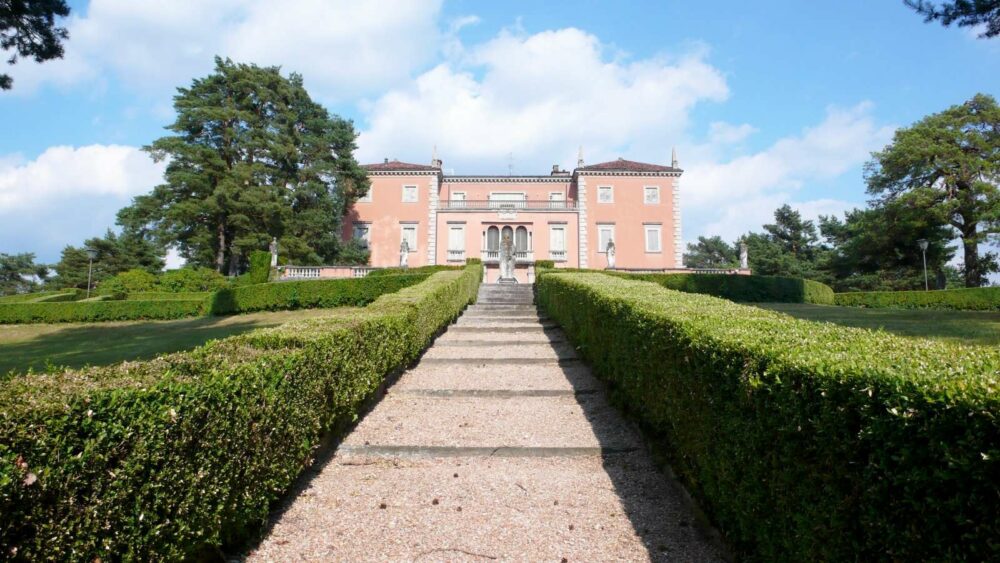Mighty ash trees ravaged by dieback are now an all too familiar part of our landscape – the Woodland Trust estimates that 80% will eventually be affected by Hymenoscyphus fraxineus, a wind-borne fungal disease. One day, ash trees may be the stuff of memory – changing the country’s landscape beyond recognition. So how to tackle the loss of these trees and, with it, their timber crop? “It is increasingly challenging to find trees that don’t have some sort of pest or disease,” says Mark Townsend, head of woodland management and arboriculture at Savills. “We need to make sure there is variety in our planting.”
Ash dieback is just one of many diseases and pests threatening our native and woodland trees – at least 20 are new since 2000, according to the Woodland Trust. And climate change looks set to make the situation worse. Acute oak decline and the oak processionary moth are menacing our noblest species; phytophthora pathogens affect a wide range of trees, including oak, larch, juniper and chestnut; and cankers and blight also attack our chestnuts and oaks.
Thankfully, says Townsend, there is a solution. “On estates where we have a lot of ash that has been taken out, we have replanted with hornbeam, whitebeam, sycamore – a good replacement for ash, because of the wildlife that can live on both – beech, hazel, oak, hawthorn, blackthorn and holly,” he says. “You have your big tree species and your shrub layer, things like holly and hazel.”










